- Arms
Drawings below are enlargements of the arms. Pertinent arm characters are repeated below from the branch page.- Arms I in males very thick, muscular and robust proximally to level of web margin.
- Males with two fields of enlarged suckers present; largest sucker diameter of distal field less than that of proximal field.
- Proximal field with typically 7-8 suckers enlarged and occupying positions between suckers 2 and 13; sucker 7 usually largest; all arms with equal enlargement.
- Distal field with usually 9-11 suckers enlarged, typically beginning with sucker numbers 34-40; suckers 40-41 usually largest; distal enlargement absent on arms I, moderate on arms II and maximal on arms III and IV.
- Eyes
- Large, diameter about half head width.
- Funnel
- Funnel organ with two, separate, elongate pads.
- Fins
- Without lobe near anterior insertion.
- Fins small, 72% of ML.
- Gills
- Small, half-orange appearance.
- 6 or 7 primary lamellae per gill.
- Optic lobe and optic bundles
- Optic lobe flattened and kidney-shaped.
- 2-4 optic bundles pass through/by white body.
- Digestive tract
- Radula absent.
- Glandular area on buccal mass [presumably the posterior salivary glands].
- Crop absent but esophagus slightly expanded near stomach.
- Digestive gland bilobed.
- Intestine about same length as esophagus.
- Beaks
- Beaks illustrated but not described.
 Click on an image to view larger version & data in a new window
Click on an image to view larger version & data in a new window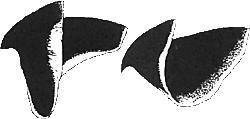

Figure. Beaks of O. massyae. Top - Lateral views of lower (left) and upper (right) beaks of a mature male, 75 mm ML. Drawings from Villanueva, et al. (2002). Bottom - Lateral views of lower (left) and upper (right) beaks. Drawings from Sanchez and Guerra (1989).
- Male Reproductive System
- The two accessory glands round and about equal in size (Sanchez and Guerra, 1989; drawing below left) or accessory gland "3" larger than others (Villanueva et al., 2003; drawings below right).
- Female Reproductive System
- Distal portion of oviducal gland larger and darker than proximal portion and with longitudinal striations.
- Shell
- Broadly U-shaped.
- Wings taper to acute points.
- Outer surface of saddle concave; inner surface convex. Saddle U-shaped in cross-section.
- Pigmentation
- Color light reddish-brown in preserved animals.
- Oral surface of web dark chocolate brown with slight purplish hue; suckers and cirri lighter color.
- Areolae not observed.
- Measurements
Opisthoteuthis massyae: Description Continued
Roger Villanueva, Richard E. Young, and Michael VecchioneReferences
Sanchez, P. and A. Guerra. 1989. A new species of cirrate octopod Opisthoteuthis vossi from the southeast Atlantic (Cephalopoda: Octopoda). Bull. Mar. Sci., 44: 1159-165.
Villanueva, R., Collins, M., Sanchez, P. and N. Voss. 2002. Systematics, distribution and biology of the cirrate octopods of the genus Opisthoteuthis (Mollusca, Cephalopoda) in the Atlantic Ocean, with description of two new species. Bulletin of Marine Science 71(2):933-985.
About This Page
Drawings from Villanueva, et al. (2002) and Sanchez andGuerra (1989) printed with the Permission of the Bulletin of Marine Science.

Instituto de Ciencias del Mar (CSIC), Barcelona, Spain

University of Hawaii, Honolulu, HI, USA

National Museum of Natural History, Washington, D. C. , USA
Page copyright © 2003 , , and
All Rights Reserved.
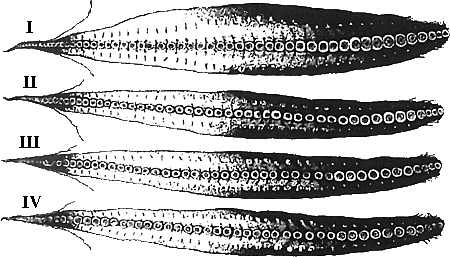
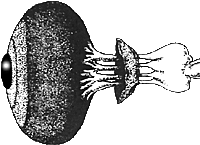

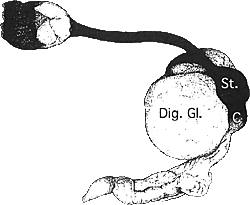
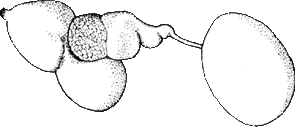
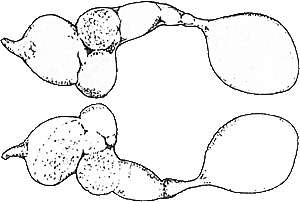

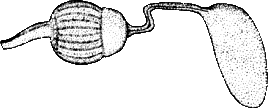

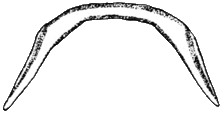


 Go to quick links
Go to quick search
Go to navigation for this section of the ToL site
Go to detailed links for the ToL site
Go to quick links
Go to quick search
Go to navigation for this section of the ToL site
Go to detailed links for the ToL site